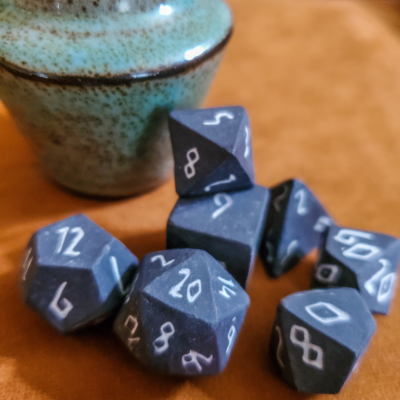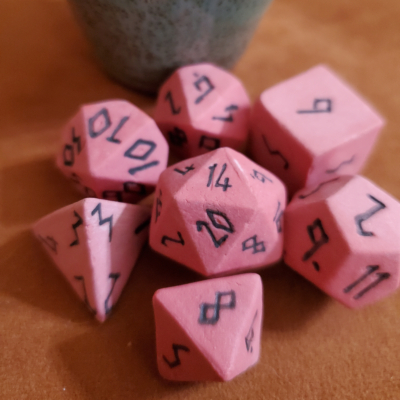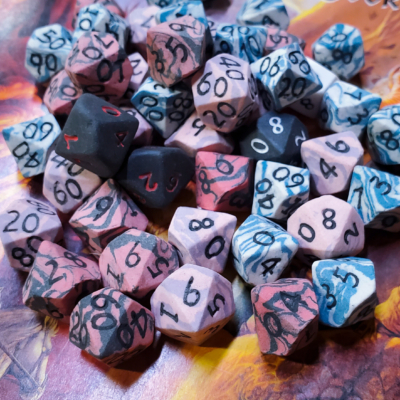Mastering the Best Rogue Races in D&D: Tips and Tricks for Beginners
Delving into the world of Dungeons & Dragons (D&D) can be an exhilarating experience, especially when you choose to play as a rogue. Rogues are versatile, cunning, and often the backbone of any adventuring party. But to truly excel as a rogue, you need to choose the right race. In this guide, we will explore the best rogue races in D&D, along with some tips and tricks for beginners to help you get started on your journey.
Why Race Matters for Rogues
In D&D, your character’s race can significantly impact your abilities, skills, and overall effectiveness in gameplay. Certain races offer bonuses that align perfectly with the rogue’s skill set, making them ideal choices. Let’s dive into some of the top races for rogues and why they shine in this role.
Top Rogue Races
1. Half-Elf
The Half-Elf is a popular choice for rogues due to their versatility and ability to excel in multiple areas. They receive a +2 bonus to Charisma and +1 to two other ability scores of your choice, allowing you to customize your character to suit your playstyle. Additionally, their Fey Ancestry trait gives them advantage on saving throws against being charmed and immunity to sleep spells, making them more resilient in tricky situations.
2. Lightfoot Halfling
Lightfoot Halflings are another excellent choice for rogues. They receive a +2 bonus to Dexterity and a +1 bonus to Charisma, which are both crucial for rogues. Their Lucky trait allows them to reroll any 1 on an attack roll, ability check, or saving throw, which can be a lifesaver. Moreover, their Naturally Stealthy trait makes it easier for them to hide, even when obscured only by a creature larger than them.
3. Wood Elf
Wood Elves are a fantastic option for rogues who prefer a more nature-oriented approach. They receive a +2 bonus to Dexterity and a +1 bonus to Wisdom, enhancing their stealth and perception abilities. Their Fleet of Foot trait increases their base walking speed to 35 feet, allowing them to move swiftly across the battlefield. Additionally, their Mask of the Wild trait lets them attempt to hide even when only lightly obscured by natural phenomena like foliage or heavy rain.
4. Tiefling
Tieflings bring a unique flair to the rogue class with their infernal heritage. They receive a +2 bonus to Charisma and a +1 bonus to Intelligence, making them excellent at deception and investigation. Their Hellish Resistance trait grants them resistance to fire damage, which can be incredibly useful in combat. Additionally, their Infernal Legacy trait provides them with spells like Thaumaturgy, Hellish Rebuke, and Darkness, adding an extra layer of versatility to their skill set.
Tips and Tricks for Beginner Rogues
Now that you know which races are best suited for rogues, here are some tips and tricks to help you make the most of your character:
- Focus on Dexterity: Dexterity is the primary ability score for rogues, affecting your attack rolls, damage, and Armor Class. Make sure to prioritize increasing your Dexterity score.
- Choose the Right Skills: Rogues have a wide range of skills to choose from, but Stealth, Acrobatics, and Sleight of Hand are essential. Consider picking up Perception and Investigation as well to spot traps and hidden enemies.
- Utilize Cunning Action: At 2nd level, rogues gain the Cunning Action feature, allowing them to take a bonus action to Dash, Disengage, or Hide. Use this feature to stay mobile and avoid taking damage.
- Leverage Sneak Attack: Rogues deal extra damage when they have advantage on an attack roll or when an ally is within 5 feet of the target. Position yourself strategically to make the most of this powerful feature.
- Stay Stealthy: As a rogue, you excel at sneaking around and avoiding detection. Use this to your advantage to gather information, set up ambushes, and avoid unnecessary combat.
With these tips and an understanding of the best rogue races, you’re well on your way to mastering the art of the rogue in D&D. Remember, the key to a successful rogue is a combination of cunning, agility, and strategy. Happy adventuring!
Author: Andrew Wilson




